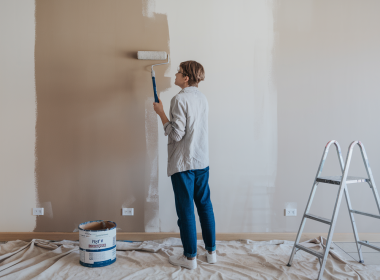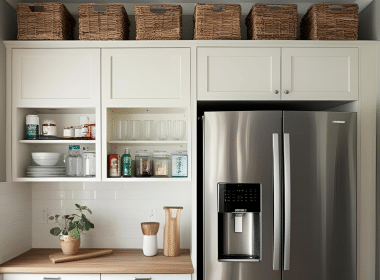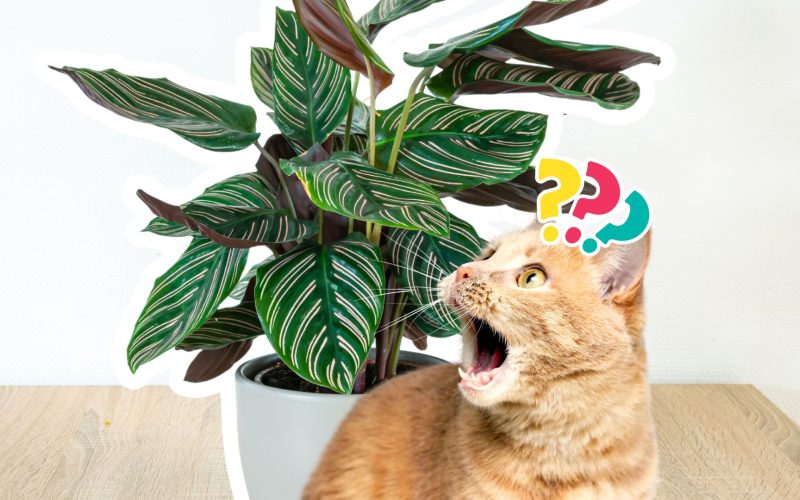Are you a plant lover with feline friends at home?
I know how tricky it can be to find the perfect balance between your green thumb and furry companions.
Many of us worry that our beloved cats might nibble on our houseplants, potentially harming themselves.
But what if I told you there’s a beautiful plant that’s cat-friendly and easy to care for?
I’m here to put your mind at ease and introduce you to the prayer plant – a safe and stunning addition to any cat-loving household.
In this post, I’ll walk you through everything you need about prayer plants and cats.
We’ll explore why these plants are safe, how to care for them, and even some tips to keep your kitty from turning your new plant into a snack.
Understanding Prayer Plants
Prayer plants are fascinating houseplants that can bring life to any room.
Let’s dig into what makes these plants special and why they’re a great choice for homes with cats.
What are Prayer Plants?
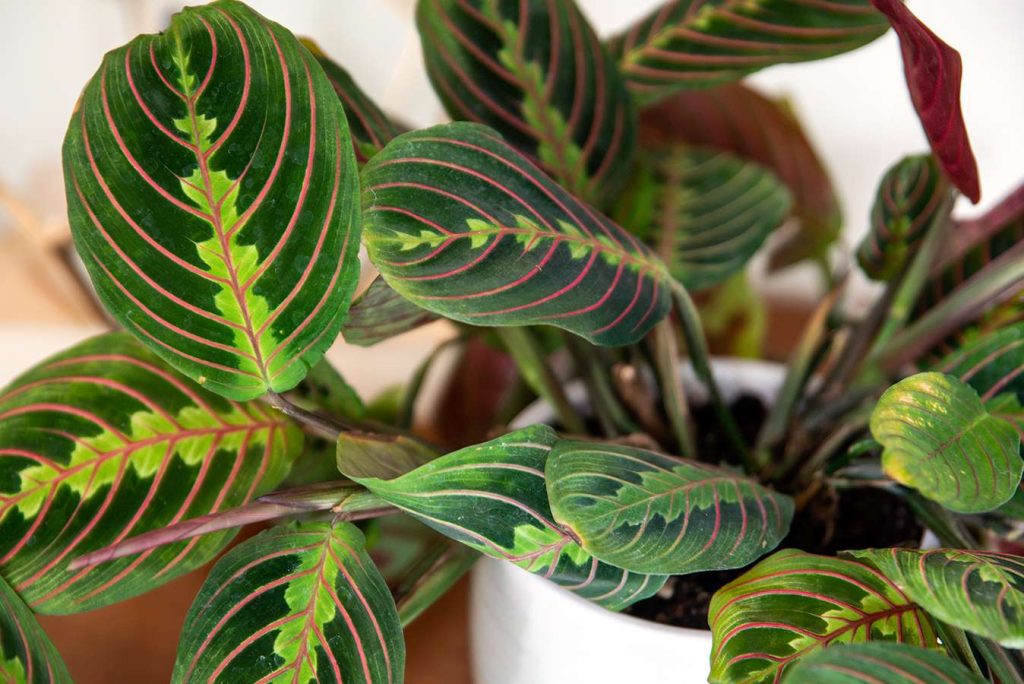
Prayer plants are charming houseplants that add a touch of nature to any room.
You might hear them called Maranta, Peacock Plant, Rattle Snake Plant, Red Veined Prayer, or Zebra Plant.
Their real name is Calathea insignis, but don’t worry – you don’t need to remember that!
These plants are pretty special.
They have big, dark green leaves that can grow up to 12 inches long.
What’s cool is that they don’t like too much sun – they’re happiest in spots with indirect light.
So, if you have a cozy corner that doesn’t get much sun, a prayer plant might be perfect there!
Toxicity Overview
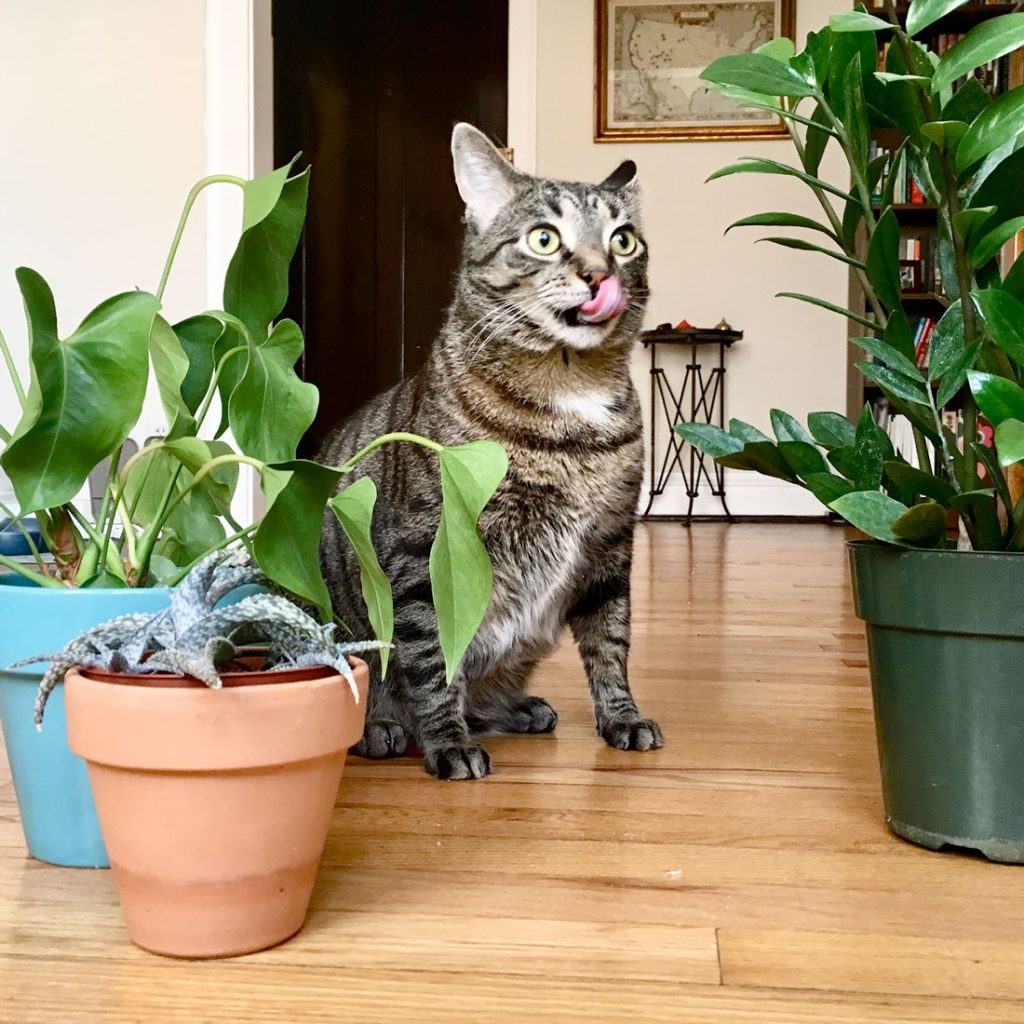
The best part for cat owners is that prayer plants are completely safe for our furry friends.
They’re not toxic to cats, dogs, or even horses.
This means you can enjoy your plant without worrying about your pets getting sick if they decide to nibble on it.
This isn’t just me saying it – veterinary research has confirmed that prayer plants are non-toxic.
So you can relax knowing that your cat can coexist safely with your new green friend.
It’s a win-win for plant lovers and pet parents alike!
Non-Toxic Houseplants for Cats
As a cat owner, I know how important it is to create a safe and fun environment for our furry friends.
Let’s explore some plant options that can spruce up your home without putting your kitty at risk.
Common Safe Houseplants
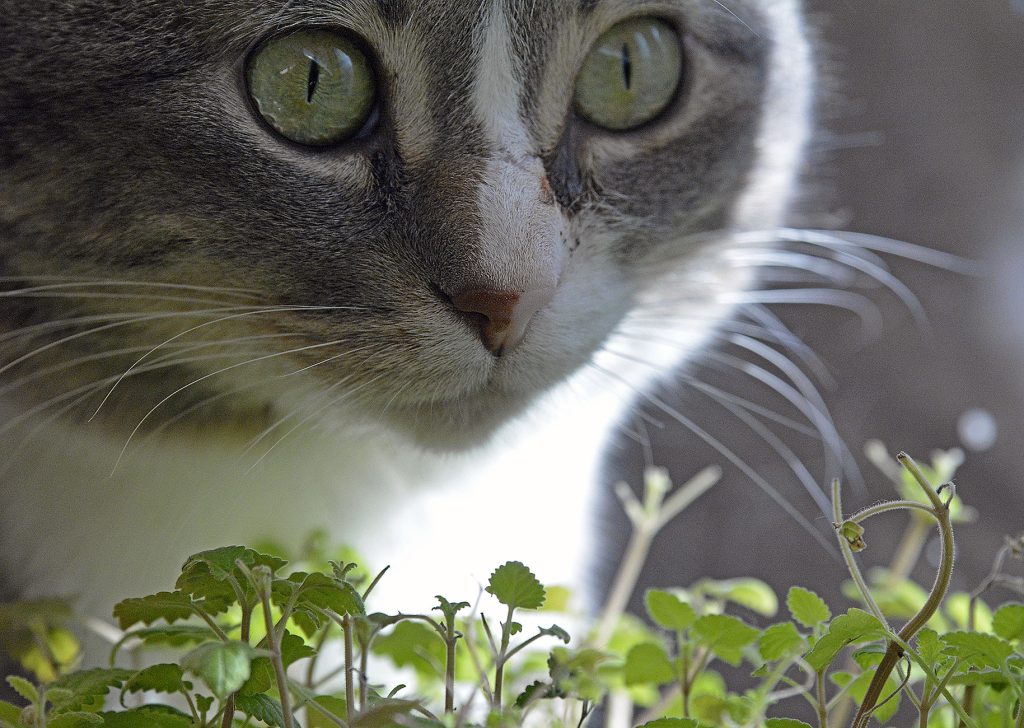
Good news! There are plenty of beautiful plants that are safe for homes with cats.
Here’s a list of some popular choices:
- African violet: These cute, colorful flowers are cat-friendly.
- Succulents: Echeveria, Haworthia, and Sempervivum are safe and low-maintenance.
- Spider plant: Known for its long, arching leaves, it is safe and fun.
- Moth orchids: These elegant flowers add a touch of class without any risk to your cat.
- Ponytail palm: This quirky plant looks like a mini palm tree and is safe for kitties.
- Catnip: It is safe, and your cat might love it!
- Basil: This herb is safe and can add fresh flavor to your cooking.
- Christmas cactus: This festive plant blooms beautiful flowers and is non-toxic to cats.
Having these plants around can make your home feel more lively and fresh.
Plus, you don’t have to worry if your cat decides to take a curious nibble!
Health Benefits
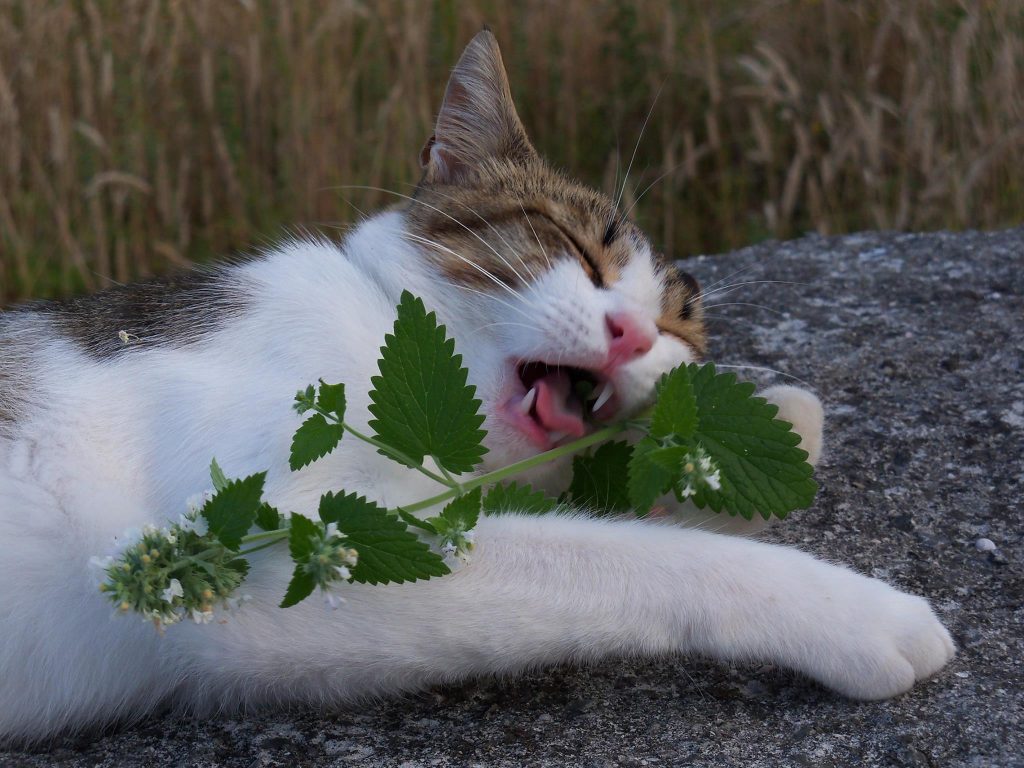
Plants aren’t just pretty – they can be good for you and your cat!
First off, having plants around can boost your mood.
Something about seeing a bit of nature indoors makes you feel good.
It’s like bringing a little piece of the outdoors inside.
But that’s not all – some plants can help clean the air in your home.
They can filter out some of the yucky stuff that might be floating around, making the air you and your cat breathe fresher and cleaner.
So, by choosing safe, non-toxic plants, you’re not just making your home look nice – you’re creating a healthier, happier space for you and your feline friend.
It’s a simple way to improve your living space that benefits everyone!
Toxic Houseplants to Avoid
As much as we love plants, some can harm our feline friends.
Let’s discuss which ones to keep out of your home and how to prevent plant-related mishaps.
Common Toxic Houseplants
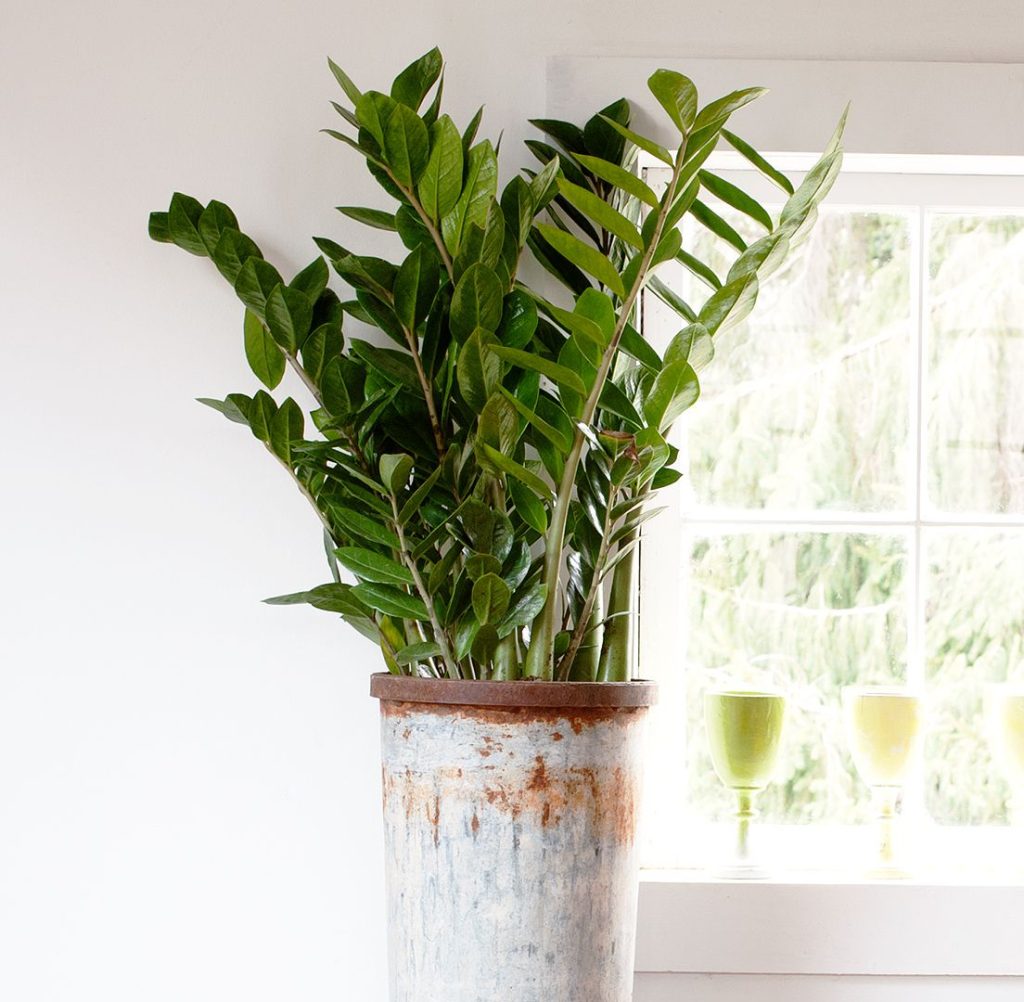
While many safe plants exist, knowing which ones can harm your cat is crucial.
Here’s a list of plants to avoid:
- Lilies: These are a big no-no for cat homes. Even a small amount can cause kidney failure in cats.
- Aloe: Despite being good for humans, aloe can make cats feel sick and tired.
- Daffodil: These pretty flowers can cause heart problems and shaking in cats.
- Sago palm: This plant is very dangerous. If a cat eats it, it can lead to liver failure.
- Chrysanthemum: These flowers might give your cat a tummy ache.
- Asparagus fern: This plant can upset your cat’s stomach and irritate their skin.
- Azaleas: These flowers can cause serious issues like seizures or heart problems.
If you have cats, keeping these plants out of your home is best.
Even if your cat doesn’t usually chew on plants, the risk is not worth the risk.
Preventing Plant Poisoning
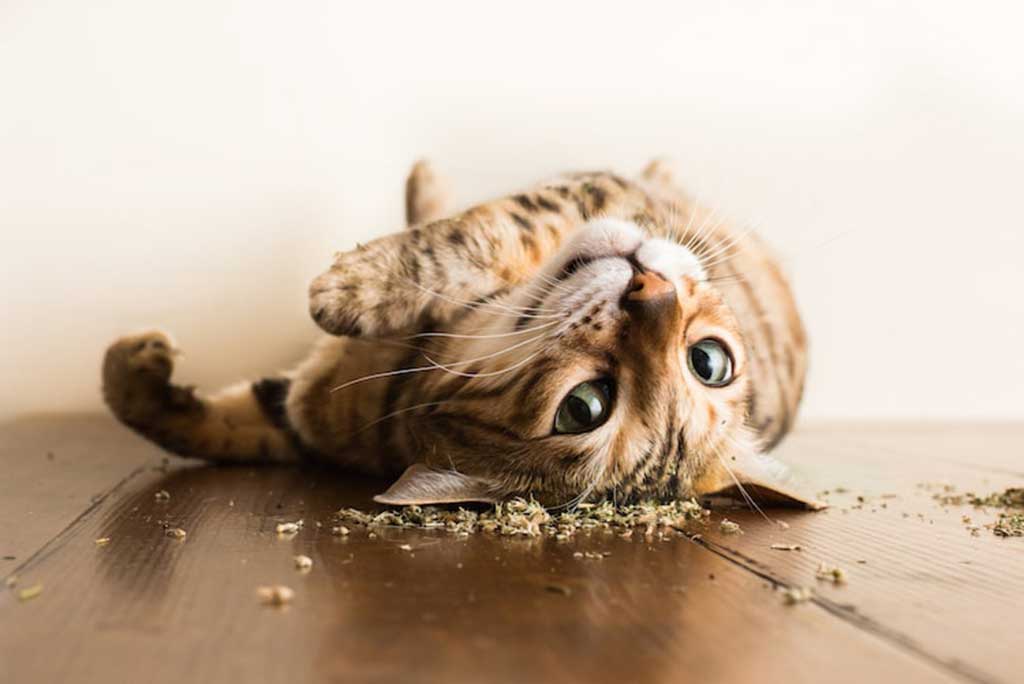
Keeping your cat safe from toxic plants is easier than you might think:
- The simplest solution? Keep poisonous plants outside.
- If your cat stays indoors, this eliminates the risk.
- Before bringing any new plant into your home, check quickly to ensure it’s safe for cats.
- It only takes a minute and can save you a lot of worry.
- Use trustworthy sources when researching plant safety.
- The ASPCA has an easy-to-use database of poisonous plants.
Remember, it’s always better to be safe than sorry about our furry friends.
If you’re ever unsure about a plant, it’s best to err on the side of caution and keep it out of your cat’s reach.
By being aware and careful, you can create a beautiful, plant-filled home that’s still safe for your cat.
It’s all about finding the right balance!
Managing Pets and Plants

Having both pets and plants can be a fun challenge.
Let’s consider ways to keep your green friends and furry pals happy together.
Placement Strategies
Getting creative with where you put your plants can make a big difference:
- Think high: Put plants on tall shelves or in hanging baskets.
- Most cats can’t reach these spots, keeping your plants safe.
- Choose wisely: Some plants are more tempting to cats than others.
- A plant with thick, crunchy leaves might look like a tasty snack to your cat.
- Keep these out of paw’s reach.
Remember, cats are curious and can be great jumpers.
So, always consider your cat’s perspective when placing plants.
Deterrents and Safety Measures
Sometimes, we need to outsmart our pets to protect our plants:
- Smell tricks: Cats don’t like citrus or vinegar smells.
- A light spray of these on or around your plants can keep kitty away.
- Rock garden: Putting decorative rocks on top of the soil can stop cats from digging.
- Plus, it looks pretty!
- Playtime: Often, cats mess with plants when they’re bored.
- Make sure your cat has plenty of toys and attention.
- A tired, happy cat is less likely to bother your plants.
Veterinary Advice
When in doubt, talk to the experts:
- If your cat keeps eating plants no matter what you do, it’s time to chat with your vet.
- There might be a health reason behind this behavior.
- Know the signs of plant poisoning: vomiting, diarrhea, drooling, or acting weird.
- If you see these, call your vet right away.
Using these tips, you can create a home where your plants and cat can thrive.
It might take a little effort, but having a happy, healthy pet and beautiful greenery in your home is worth it!
Conclusion
I hope this journey through the world of prayer plants and cat-friendly greenery has been helpful!
We’ve learned that prayer plants are beautiful and safe for our feline friends.
Remember, creating a pet-friendly home with plants is all about balance and smart choices.
By choosing non-toxic plants like prayer plants, African violets, or spider plants, you can enjoy the benefits of indoor greenery without worrying about your cat’s safety.
Remember to place them strategically and use deterrents if needed.
Always stay informed about which plants to avoid, and don’t hesitate to consult your vet if you have concerns.
With a little planning, you can create a lush, green space that you and your cat will love.
Happy planting, and here’s to a home filled with purrs and healthy plants!



